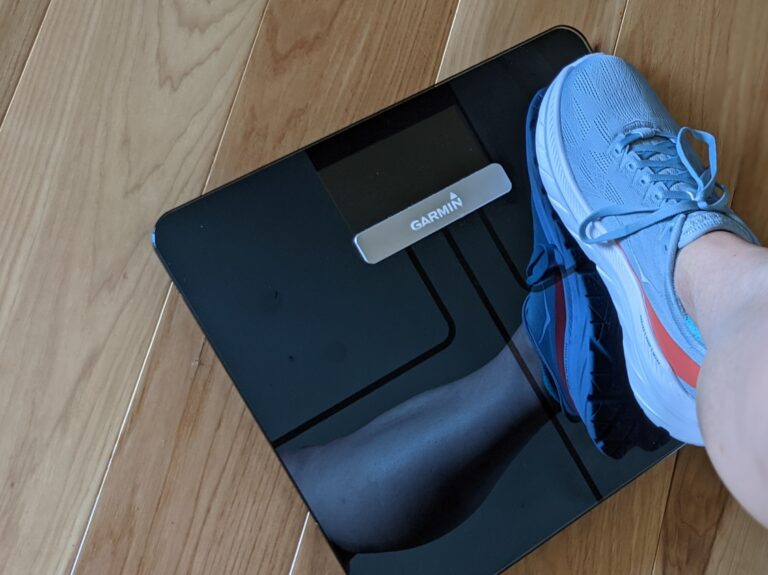This post may contain affiliate links. Read the full disclosure here.
Don’t rely entirely on your BMI
People everywhere commonly use BMI (Body Mass Index) as a quick-and-dirty way of gauging whether they’re within the “normal” weight range. But beware! BMI is strictly a ratio of your height-to-weight and says nothing about your body composition or fitness level. Depending on the person, it’s quite possible to get a misleading result.
Here’s why:
- Muscular people will have higher BMI because they weigh more, even though their body fat may be low.
- Ever hear of “skinny fat”?… inactive people who appear thin, who are in poor shape can have a normal range BMI but have a lot of body fat and not as much lean muscle mass as they should.
- Ethnicity can play a factor in what defines a “normal” BMI range.
- Body type, as it relates to the location of fat (abdominal fat = apple shaped, hip & thigh fat = pear shaped) is a predictor of health risk. Those with apple-shaped bodies are at a higher risk for cardiovascular disease, diabetes and high blood pressure.
Bottom Line: When it comes to knowing your numbers, don’t stop at your BMI. Use your BMI as a first checkpoint, but keep measuring. Take a waist-to-hip ratio (WHR) to obtain more information about risks associated with body fat. Males with a WHR >1.0 and women with a WHR >0.85 are at a high risk for heart disease and diabetes. Check out my blog Measuring Body Fat in 3 Easy Steps to calculate your numbers. Knowledge is power!







